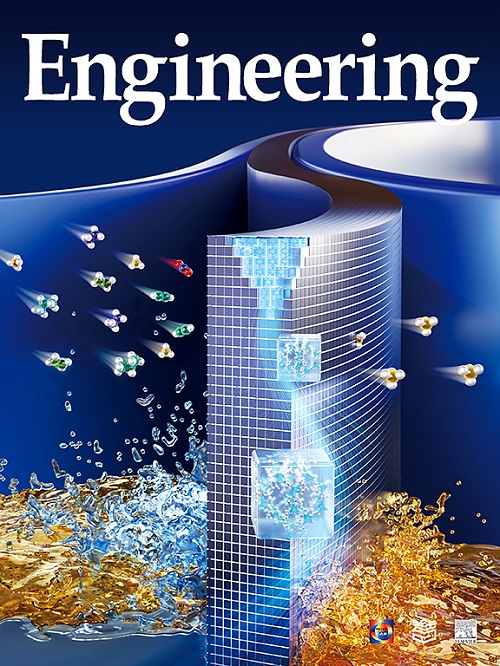Minimally Invasive Implantable Biomaterials for Bone Reconstruction
IF 10.1
1区 工程技术
Q1 ENGINEERING, MULTIDISCIPLINARY
引用次数: 0
Abstract
Bone injuries induced by accidents or bone-related disease have dramatically increased in the past decades. The application of biomaterials has become an inextricable part of treatment for new bone formation and regeneration. Different from traditional bone-regeneration materials, injectable biomaterials—ranging from bioceramics to polymers—have been applied as a means of promoting surgery with a minimal intervention approach. In this review, we summarize the most recent developments in minimally invasive implantable biomaterials for bone reconstruction and different ways to achieve osteogenesis, with a focus on injectable biomaterials for various applications in the orthopedic field. More specifically, bioceramics and polymeric materials, together with their applications in bone fracture healing, vertebral body augmentation, bone implant fixation, bone tumor therapy, and bone-defect-related infection treatment are reviewed in detail. Recent progress in injectable biomaterials with multiple functionalities and bioresponsive properties is also reviewed. Finally, we summarize the challenges in this field and future directions for clinical treatment.
用于骨重建的微创植入式生物材料
在过去的几十年里,由事故或骨骼相关疾病引起的骨损伤急剧增加。生物材料的应用已成为新骨形成和再生治疗中不可分割的一部分。与传统的骨再生材料不同,可注射的生物材料——从生物陶瓷到聚合物——已经被用作一种以最小干预方法促进手术的手段。在这篇综述中,我们总结了用于骨重建的微创植入式生物材料的最新进展以及实现成骨的不同方法,重点介绍了可注射生物材料在骨科领域的各种应用。更具体地说,生物陶瓷和聚合物材料及其在骨折愈合、椎体增强、骨植入物固定、骨肿瘤治疗和骨缺损相关感染治疗方面的应用进行了详细的综述。综述了具有多种功能和生物反应性的可注射生物材料的研究进展。最后,我们总结了该领域面临的挑战和临床治疗的未来方向。
本文章由计算机程序翻译,如有差异,请以英文原文为准。
求助全文
约1分钟内获得全文
求助全文
来源期刊

Engineering
Environmental Science-Environmental Engineering
自引率
1.60%
发文量
335
审稿时长
35 days
期刊介绍:
Engineering, an international open-access journal initiated by the Chinese Academy of Engineering (CAE) in 2015, serves as a distinguished platform for disseminating cutting-edge advancements in engineering R&D, sharing major research outputs, and highlighting key achievements worldwide. The journal's objectives encompass reporting progress in engineering science, fostering discussions on hot topics, addressing areas of interest, challenges, and prospects in engineering development, while considering human and environmental well-being and ethics in engineering. It aims to inspire breakthroughs and innovations with profound economic and social significance, propelling them to advanced international standards and transforming them into a new productive force. Ultimately, this endeavor seeks to bring about positive changes globally, benefit humanity, and shape a new future.
 求助内容:
求助内容: 应助结果提醒方式:
应助结果提醒方式:


